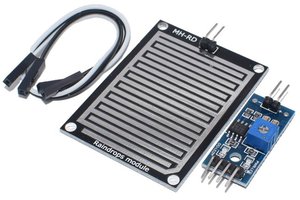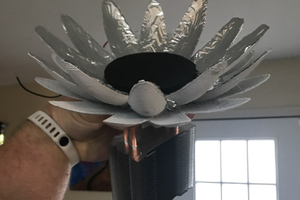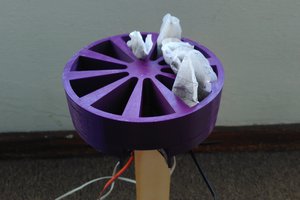Every so often, I find myself browsing online marketplaces looking for something interesting to tinker with. Recently, I stumbled into the world of ultrasonic humidifiers. Commercial units range widely in price—some are just a few dollars, while others cost significantly more. This got me wondering: How hard could it be to build one from scratch, and how much would it cost?
It turns out you can pick up a small ultrasonic humidifier module for around £1 to £2 on sites like eBay. These inexpensive modules are basically a tiny ultrasonic transducer paired with a wicking element that draws water up to the vibrating surface, creating a fine mist. All you need is a 5V power supply (such as a USB port) and a container of water.
The module I found runs at about 108 kHz and consumes roughly 300 mA at 5V. Its wick system pulls water up to the ultrasonic disc, turning it into a cool mist that gently humidifies the surrounding air. When powered on, you can see a faint mist forming above the surface, and the module can go through about 40-50 ml of water per hour. Not bad for such a tiny, low-cost device!
Of course, just plopping a bare module into a bowl of water isn’t the most elegant solution. To give it a cleaner look and a stable mount, I whipped up a quick 3D-printed enclosure. My design skills admittedly aren’t the best, but it’s enough to securely hold the humidifier module at the right depth and keep it from tipping over. The end result is a simple, functional DIY humidifier that works surprisingly well, given the minimal investment of time and money.
Building a DIY ultrasonic humidifier is a fun, low-cost experiment that’s perfect for beginners. There’s no complex circuitry or coding, just a simple module, a power source, and a container. With a bit of creative enclosure design, you can have a neat, compact humidifier to keep the air around your workspace comfortably moist—no big manufacturer price tag required.


 NathanStrachen
NathanStrachen
 Josh Starnes
Josh Starnes
 Brandon Piner
Brandon Piner